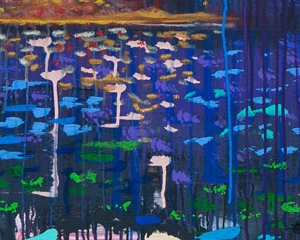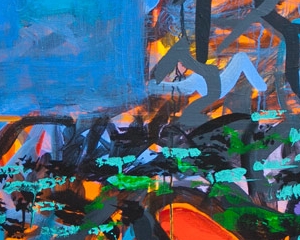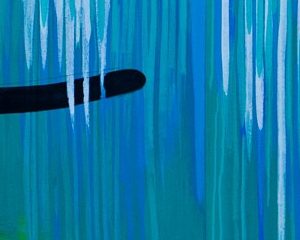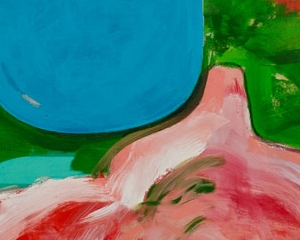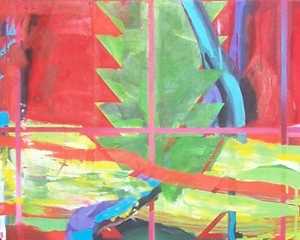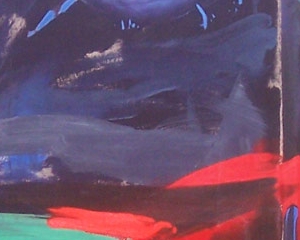Michael Halliday
-
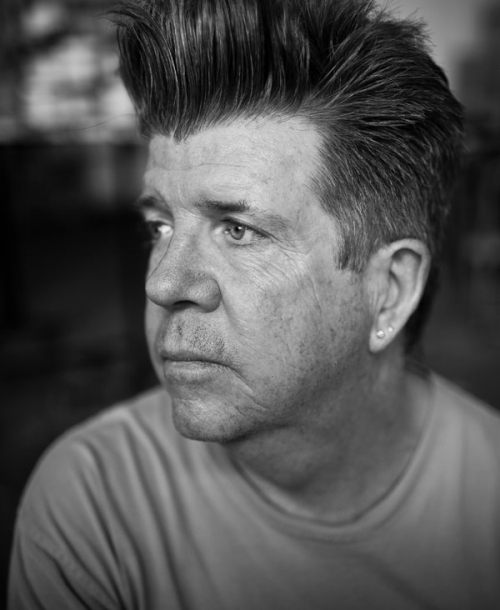
Biography
A native of Columbus Ohio, Michael J. Halliday began studying art in Columbus West High School where he received a scholarship to attend Saturday classes at the Columbus College of Art and Design. Upon graduation, Halliday, in mid1960s, went on to study at the Fine Arts Department at The Ohio State University, majoring in painting. In his formative years, he was under the tutelage of such notables as abstract expressionist Ted Hewett, post-expressionist E. F. Hebner, computer art pioneer Charles Csuri, and British painter Malcolm Morley, who is known for his super realistic style. Their diverse sensibilities and approach towards art have influenced and laid the foundation for Halliday’s introspective yet expressive art.
Spellbound by the romantic image of the abstract painters in the 1940s, Halliday, an aspiring artist, led a bohemian lifestyle. In mid-70s, he ventured to the West Coast, living an itinerant life. For a period of time, he had abandoned painting altogether as he struggled to stay sober. Slowly, he resumed painting.
Michael grew to excel in large-sized, abstract painting. His structured composition contrasts with his expressive use of paint and brush. He drew inspiration from daily, mundane objects, whose forms inform his visual vocabulary, and they float freely in his compositions. At times, his works appear to be entirely abstract, they also allude to nature, which he feels so close to. His works were recognized and he won several awards. His second marriage also contributed to his re-new enthusiasm for art.
In 2010, he returned to Columbus, his intellectual home and began a new chapter of a productive period. A member of the emerging artist colony at 400 W. Rich located in East Franklinton, where he also has his studio, Halliday works there daily to maintain a good work ethic. His artistic achievement has been recognized by the acquisition of his work, Red Sky at Morn, to be included in the local art collection for the newly open Hilton Hotel in Downtown Columbus.
Artist Statement
My paintings have an essence of their own. Though I may sometimes work from a collage or small drawing, I allow the painting to develop based on my instincts, certain formal considerations, and any favorable accidents that may occur as a result of the paint itself. Color is very important in my work, and I rely on my intuition and visual acuity in deciding which colors I will use in a given motif.
Once in progress, I allow the painting to have a life of its own. I do not attempt to deny the fluid nature of the medium, but rather let it speak for itself; for it is the fluid, dynamic, sensual, and subtle nature of paint that is the driving force behind my work.

